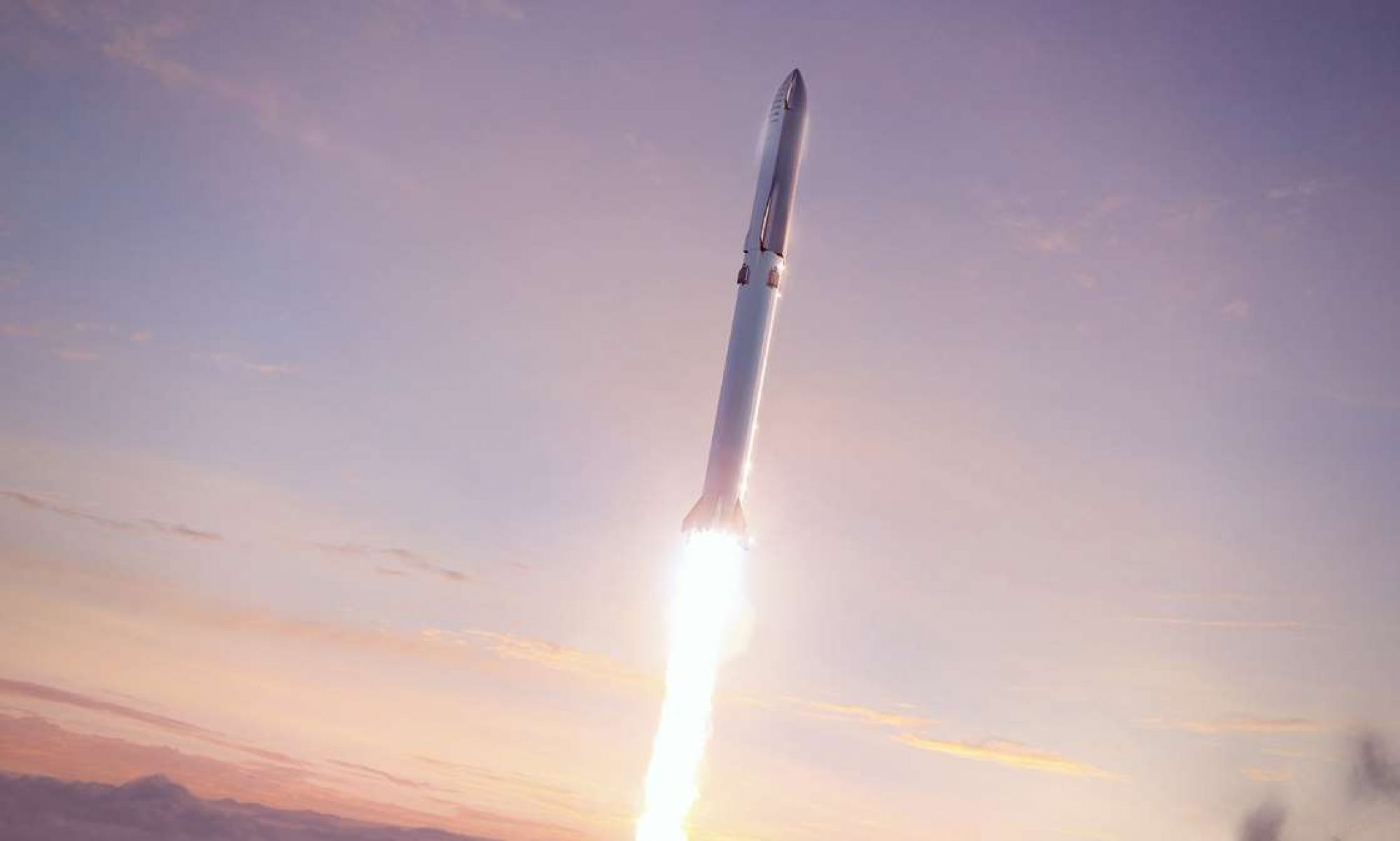Brian Wang has reported on my previous blog: Discussion of 80 Gigapascal super material potential for energy and space
Goat Guy has analysed the Flywheel rocket, demonstrating it is somewhat underwhelming in performance, which is quite correct. My quip about rockets and flywheels was to illustrate the need for something better than rockets if we’re to take advantage of advanced materials technology. The classic concept – the other use for super-strong materials – is the Space Elevator. A major problem for a Space Elevator car riding the ‘cable’ or ‘ribbon’ of supermaterial is how to power it. The energy density of batteries is too low, while the power density of present nuclear concepts is too low too. A Space Elevator car needs to ‘do work’ against the Earth’s gravitational field, rising against gravity at least 35,786 kilometres straight up. As it climbs the car will gain a small amount of energy from the Space Elevator transferring the Earth’s rotational energy to it, but the total energy needed – the work that has to be done – is 48.4 megajoules per kilogram (MJ/kg) of car. Thus even Super Flywheels, if they were half the car mass, would need at least ~100 MJ/kg storage capacity.
However, what if the car only had to climb just high enough? Say, above the atmosphere? At that point it could be powered by an ultra-light solar-array, that might ‘park’ at the top of the atmosphere, awaiting the car. In that case, the Super Flywheels would be ideal, both for providing the initial energy and to store surplus energy to supply power during the night – a car rising at ~180 km/h (50 m/s) will take ~200 hours to reach Geosynchronous orbit.
On the Moon, Mars and the large moons of Jupiter and Saturn, the Space Elevators need far less work to reach their corresponding synchronous altitudes. Accessing the Moon via Space Elevator, first of all, is the least technologically challenging of all the possible destinations. The Lunar Space Elevator would target the Lagrange 1 and Lagrange 2 points – one about 60,000 km from the Moon’s surface, pointing toward the Earth, and the other on the opposite side of the Moon pointing away from the Earth. Super materials aren’t even required. Present day high-strength fibres can do the job. Any connection in space over such a vast distance would need materials made into a multi-threaded ‘tape’ or cable, so that it wouldn’t fail even though individual threads might be broken by micro-meteorites. Each rising and descending car would need to repair the damage from that constant rain of dust specks striking at hyper-velocities. But it could be done.
